Comprehensive Evaluation of Low-Carbon City Competitiveness under the “Dual-Carbon” Target: A Cross-Sectional Comparison between Huzhou City and Neighboring Cities in China
Abstract
1. Introduction
2. Literature Review
3. Construction of a Low-Carbon City Index System
3.1. Principles of Index Selection
3.2. Analysis of the Composition of the Index System
3.3. Integrated Weights Based on AHP and Entropy Methods
3.3.1. Subjective Weight Derived by AHP Method
3.3.2. Objective Weight Based on Entropy Weight Method
3.3.3. Calculation of Integrated Weight
4. Empirical Study on the Low-Carbon City Competitiveness Evaluation of Huzhou
4.1. Data Sources and Processing
4.2. Low-Carbon City Competitiveness Based on Integrated TOPSIS Method
4.3. Horizontal Comprehensive Evaluation and Analysis with Surrounding Cities
4.4. Comparative and Sensitivity Analysis
5. Summary and Suggestions
Author Contributions
Funding
Institutional Review Board Statement
Informed Consent Statement
Data Availability Statement
Conflicts of Interest
Appendix A
| Year | 2015 | 2016 | 2017 | 2018 | 2019 | 2020 | |
|---|---|---|---|---|---|---|---|
| Index | |||||||
| GDP per capita C11 | 70,893 | 77,110 | 82,952 | 90,304 | 102,040 | 95,600 | |
| Proportion of primary industry C12 | 5.88 | 5.58 | 5.21 | 4.69 | 4.29 | 4.39 | |
| Proportion of secondary industry C13 | 48.99 | 48.13 | 47.32 | 46.84 | 51.05 | 49.59 | |
| Proportion of tertiary industry C14 | 45.13 | 46.29 | 47.46 | 48.46 | 44.62 | 46.02 | |
| Engel’s coefficient for urban residents C15 | 30.42 | 30.77 | 30.44 | 29.46 | 27.94 | 28.66 | |
| Electricity consumption per capita C21 | 7542 | 8408 | 9203 | 10,308 | 9783 | 8956 | |
| Domestic water consumption per capita C22 | 54.1 | 53.6 | 52.07 | 51 | 50.3 | 48.7 | |
| Number of private cars ownership per capita C23 | 52 | 55 | 57 | 58 | 62 | 69 | |
| Electricity consumption of the whole society C24 | 198.91 | 222.2 | 244.33 | 274.8 | 261.52 | 302.23 | |
| Air quality C31 | Not Reaching Second Level | Not Reaching Second Level | Inferior Second Level | Inferior Second Level | Second Level | Second Level | |
| Forest cover C32 | 50.9 | 50.9 | 48.4 | 48.4 | 48.14 | 48.2 | |
| Urban greenery coverage C33 | 48.06 | 49.31 | 50.98 | 46.36 | 46.38 | 46.45 | |
| Green space per capita C34 | 14.91 | 16.4 | 16.4 | 17.73 | 17.73 | 17.31 | |
| Total amount of emission for industrial waste gases C35 | 2100.89 | 1983.23 | 2497.12 | 2341.77 | 2163.86 | 2465.68 | |
| Comprehensive energy consumption C36 | 731.77 | 754.63 | 758.68 | 810.52 | 882.64 | 877.01 | |
| R&D fund investment C41 | 53.2 | 59.18 | 65.57 | 76.14 | 87.01 | 98.88 | |
| Harmless treatment rate of urban domestic waste C42 | 100 | 100 | 100 | 100 | 100 | 100 | |
| Investment in industrial pollution control sources C43 | 44,373 | 33,935 | 31,962 | 19,254 | 25,603 | 213,232 | |
| Energy consumption per unit of GDP C44 | 0.58 | 0.55 | 0.52 | 0.50 | 0.46 | 0.44 | |
| Comprehensive solid waste utilization rate C45 | 97.87 | 99.25 | 99.25 | 99.64 | 99.69 | 99.97 | |
References
- Guo, H.X.; Yang, C.M.; Liu, X.; Li, Y.; Meng, Q. Simulation evaluation of urban low-carbon competitiveness of cities within Wuhan city circle in China. Sustain. Cities Soc. 2018, 42, 688–701. [Google Scholar] [CrossRef]
- Yang, D.W.; Liu, B.; Ma, W.J.; Guo, Q.; Li, F.; Yang, D. Sectoral energy-carbon nexus and low-carbon policy alternatives: A case study of Ningbo, China. J. Clean. Prod. 2017, 156, 480–490. [Google Scholar] [CrossRef]
- Qu, Y.; Liu, Y. Evaluating the low-carbon development of urban China. Environ. Dev. Sustain. 2017, 19, 939–953. [Google Scholar] [CrossRef]
- Wang, Y.; Fang, X.; Yin, S.; Chen, W. Low-carbon development quality of cities in China: Evaluation and obstacle analysis. Sustain. Cities Soc. 2020, 64, 102553. [Google Scholar] [CrossRef]
- Wang, Y.J.; Lan, Q.X.; Jiang, F.; Chen, C. Construction of China’s low-carbon competitiveness evaluation system: A study based on provincial cross-section data. Int. J. Clim. Change Strateg. Manag. 2020, 12, 74–91. [Google Scholar] [CrossRef]
- Ouyang, H.; Wang, L.; Liu, B.K. Research on the evaluation index system of national low-carbon cities (towns). Macroecon. Res. 2016, 38, 59–66. [Google Scholar]
- Paloheimo, E.; Olli, S. Evaluating the carbon emissions of the low-carbon city: A novel approach for consumer based allocation. Cities 2013, 30, 233–239. [Google Scholar] [CrossRef]
- Liu, J.; Hu, J.B.; Luo, Y.L. Construction and empirical evidence of low-carbon city measurement index system. Stat. Decis.-Mak. 2015, 31, 59–62. [Google Scholar]
- Shi, L.; Xiang, X.; Zhu, W.; Gao, L. Standardization of the Evaluation Index System for Low-Carbon Cities in China: A Case Study of Xiamen. Sustainability 2018, 10, 3751. [Google Scholar] [CrossRef]
- Zhang, C.P.; Gao, W. Comprehensive evaluation of low-carbon economy in Shandong Province based on entropy rights-grey correlation-TOPSIS method. Sci. Technol. Manag. Res. 2014, 34, 37–42. [Google Scholar]
- Liu, Q.P. Reflections on the construction of a low-carbon city evaluation index system in China. China Popul. Resour. Environ. 2013, 23, 280–283. [Google Scholar]
- Xiu, Y.; Wang, X.C.; Zhou, Z.Y. Development path of Chinese low-carbon cities based on index evaluation. Adv. Clim. Chang. Res. 2018, 9, 144–153. [Google Scholar]
- Hunter, G.W.; Sagoe, G.; Vettorato, D.; Ding, J. Sustainability of Low Carbon City Initiatives in China: A Comprehensive Literature Review. Sustainability 2019, 11, 4342. [Google Scholar] [CrossRef]
- Xu, Z.; Xu, T.X. Research on the Index System Construction of Low-carbon City for Jinan. Adv. Mater. Res. 2014, 3246, 1726–1729. [Google Scholar] [CrossRef]
- Ma, W.T.; Martin, J.; Mark, B.; Mu, R. Mix and match: Configuring different types of policy instruments to develop successful low-carbon cities in China. J. Clean. Prod. 2021, 282, 125399. [Google Scholar] [CrossRef]
- Peng, T.; Deng, H. Research on the sustainable development process of low-carbon pilot cities: The case study of Guiyang, a low-carbon pilot city in south-west China. Environ. Dev. Sustain. 2021, 23, 2382–2403. [Google Scholar] [CrossRef]
- Wang, Y.F.; Li, L.Y. Analysis on the Index of Building Low-Carbon City in Taiyuan. In Proceedings of the 2019 IEEE 3rd International Conference on Green Energy and Applications (ICGEA), Taiyuan, China, 16–18 March 2019; pp. 188–192. [Google Scholar]
- Duan, Y.; Mu, H.; Li, N.; Li, L.; Xu, Z. Research on Comprehensive Evaluation of Low Carbon Economy Development Level Based on AHP-Entropy Method: A Case Study of Dalian. Energy Procedia 2016, 104, 468–474. [Google Scholar] [CrossRef]
- Peng, T.; Jin, Z.; Xiao, L. Evaluating low-carbon competitiveness under a DPSIR-Game Theory-TOPSIS model—A case study. Environ. Dev. Sustain. 2021, 24, 5962–5990. [Google Scholar] [CrossRef]
- Yuan, K.; Hu, B.; Niu, T.; Zhu, B.; Zhang, L.; Guan, Y. Competitiveness Evaluation and Obstacle Factor Analysis of Urban Green and Low-Carbon Development in Beijing-Tianjin-Hebei Cities. Math. Probl. Eng. 2022, 2022, 5230314. [Google Scholar] [CrossRef]
- Pan, W.Y.; Wang, Z.J. Research on the evaluation of domestic and foreign gaps in low-carbon competitiveness. Intell. Mag. 2013, 32, 183–190. [Google Scholar]
- Yang, S.; Pan, Y.; Zeng, S.Z. Decision making framework based Fermatean fuzzy integrated weighted distance and TOPSIS for green low-carbon port evaluation. Eng. Appl. Artif. Intell. 2022, 114, 105048. [Google Scholar] [CrossRef]
- Zeng, S.Z.; Hu, Y.J.; Llopis-Albert, C. Stakeholder-inclusive multi-criteria development of smart cities. J. Bus. Res. 2023, 154, 113281. [Google Scholar] [CrossRef]
- Zhang, W.; Zhang, X.; Li, F.; Huang, Y.; Xie, Y. Evaluation of the urban low-carbon sustainable development capability based on the TOPSIS-BP neural network and grey relational analysis. Complexity 2020, 2020, 6616988. [Google Scholar] [CrossRef]
- Saaty, T.L. The Analytic Hierarchy Process; McGraw-Hill: New York, NY, USA, 1980. [Google Scholar]

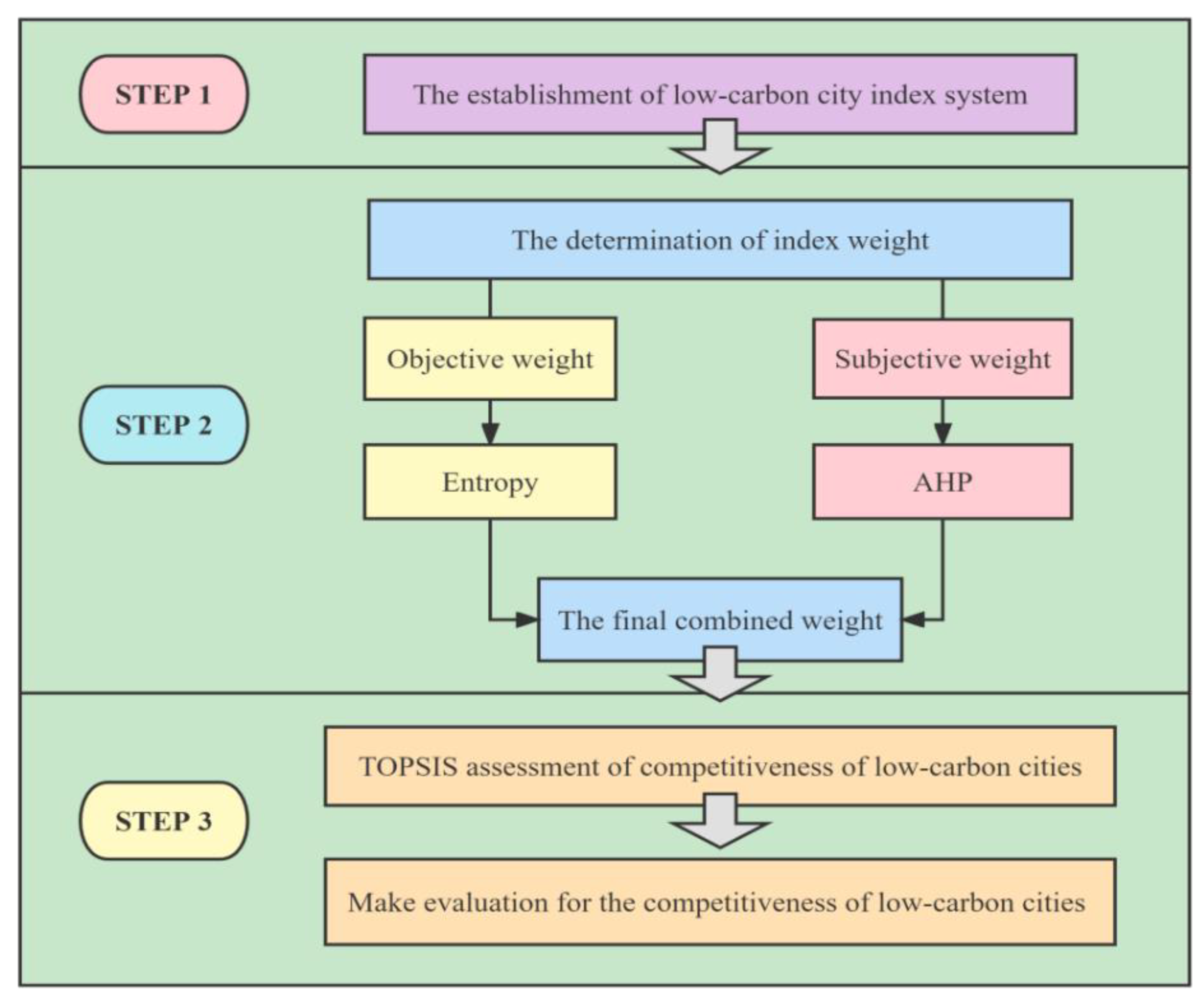
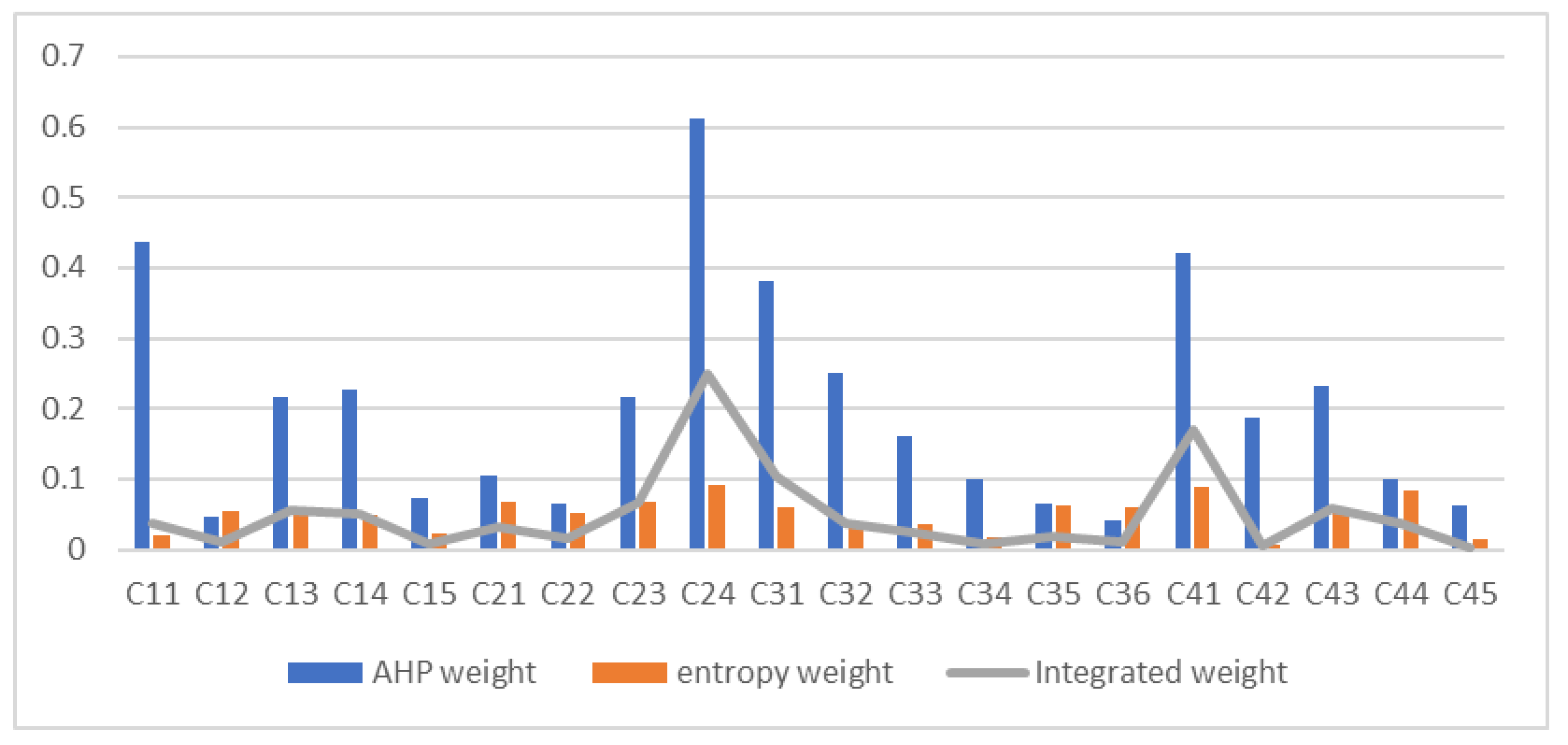
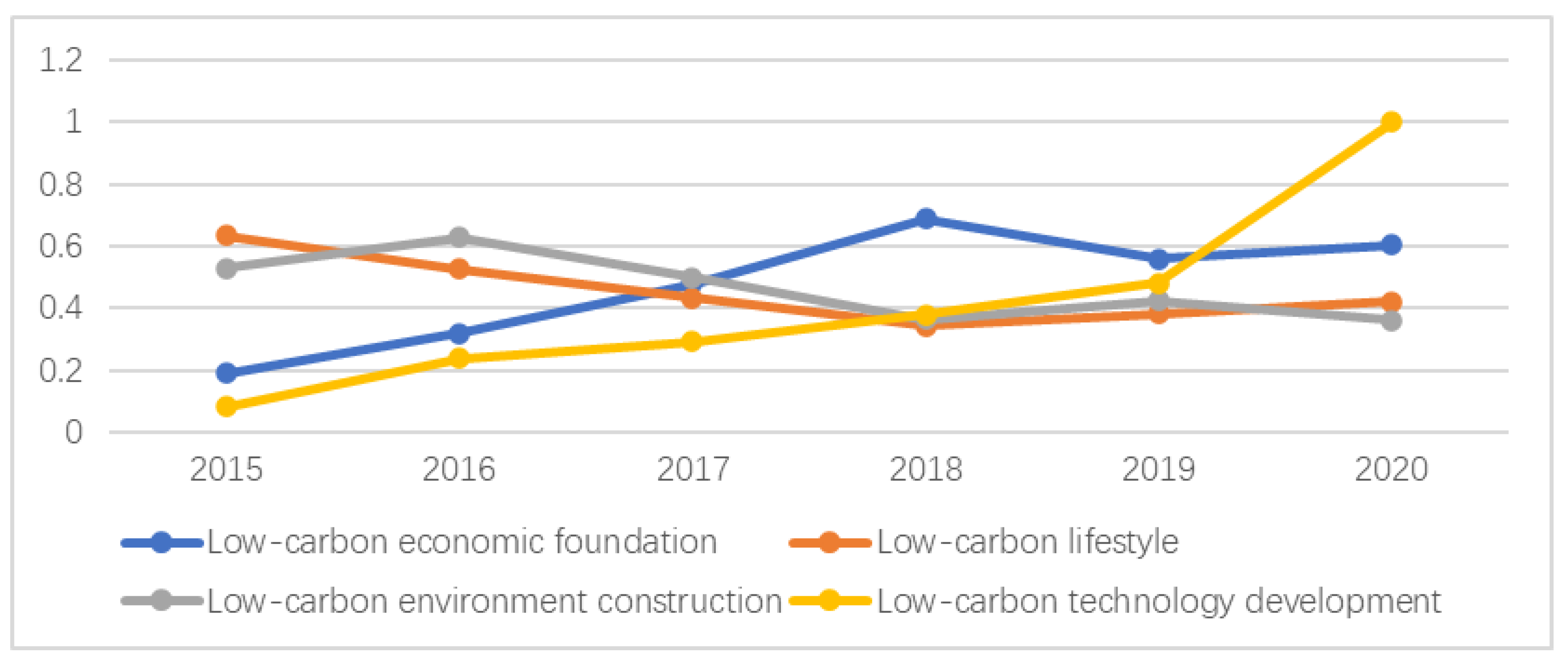
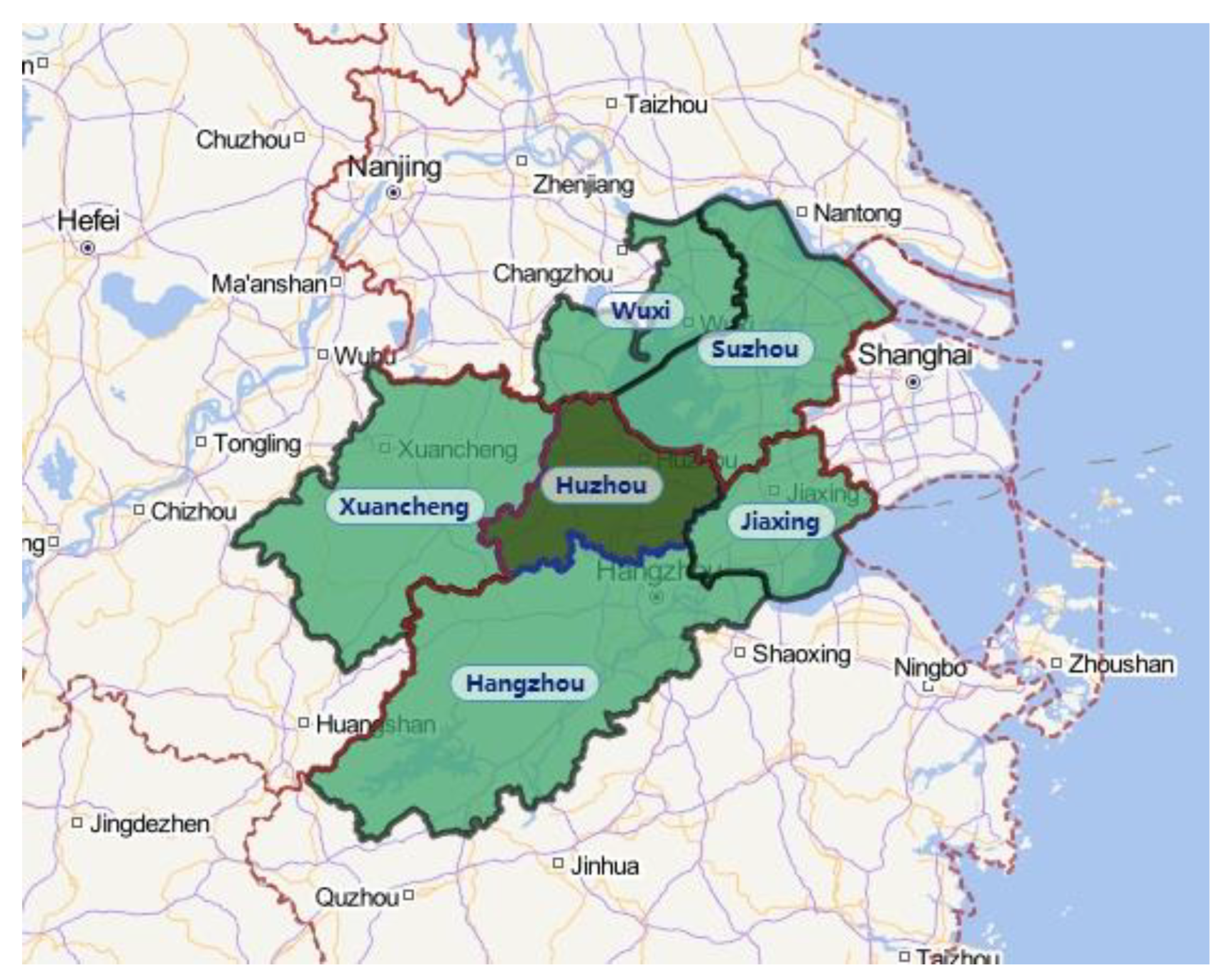
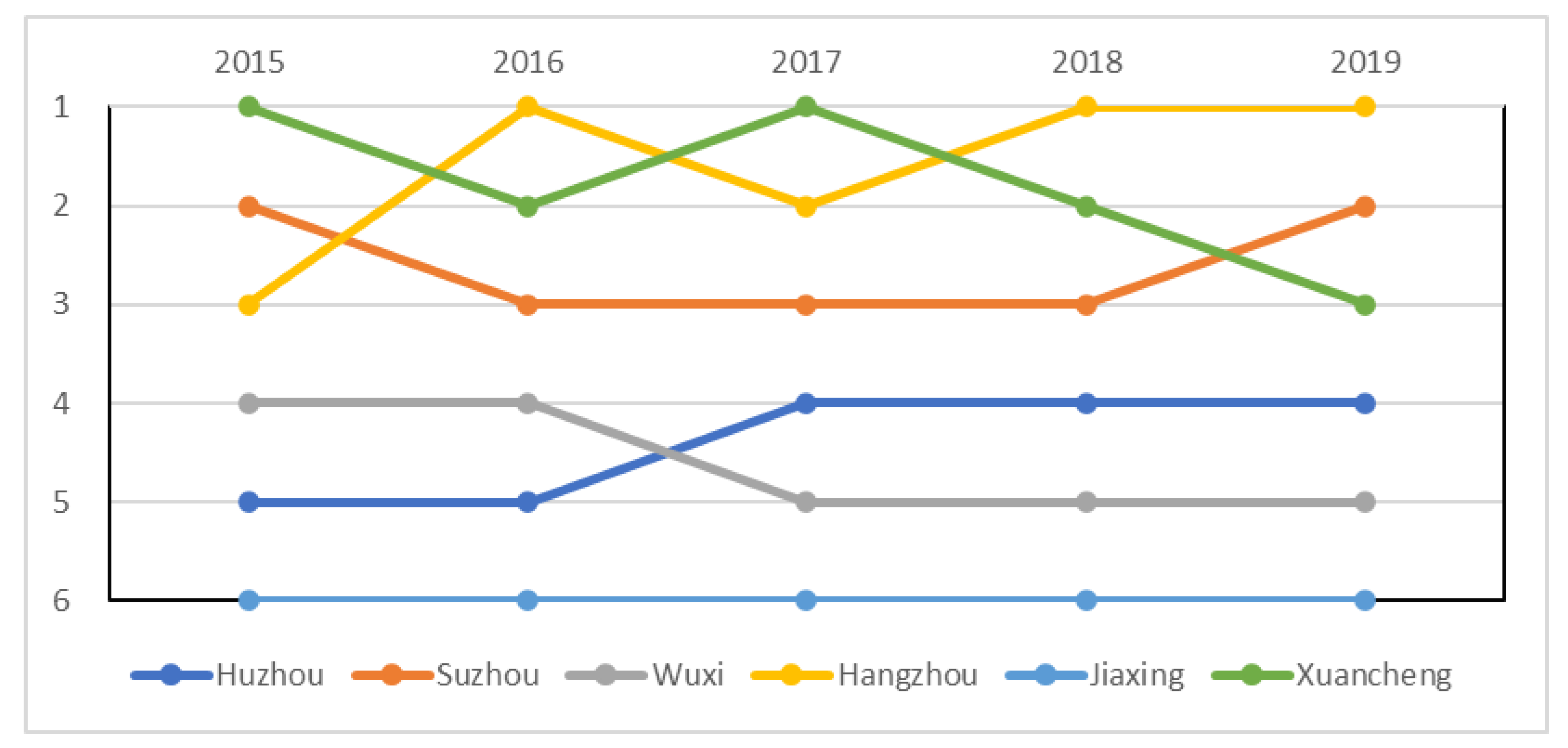
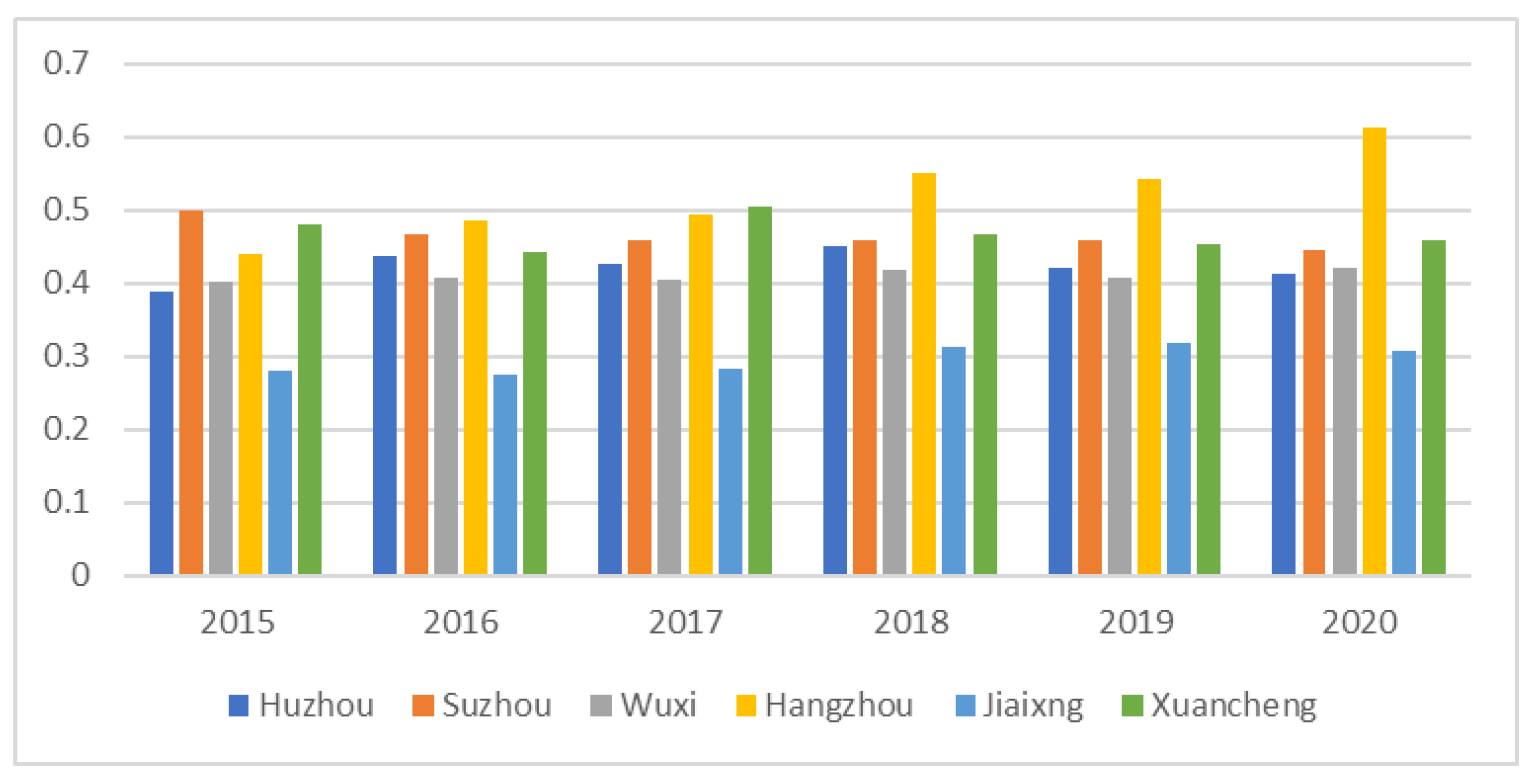
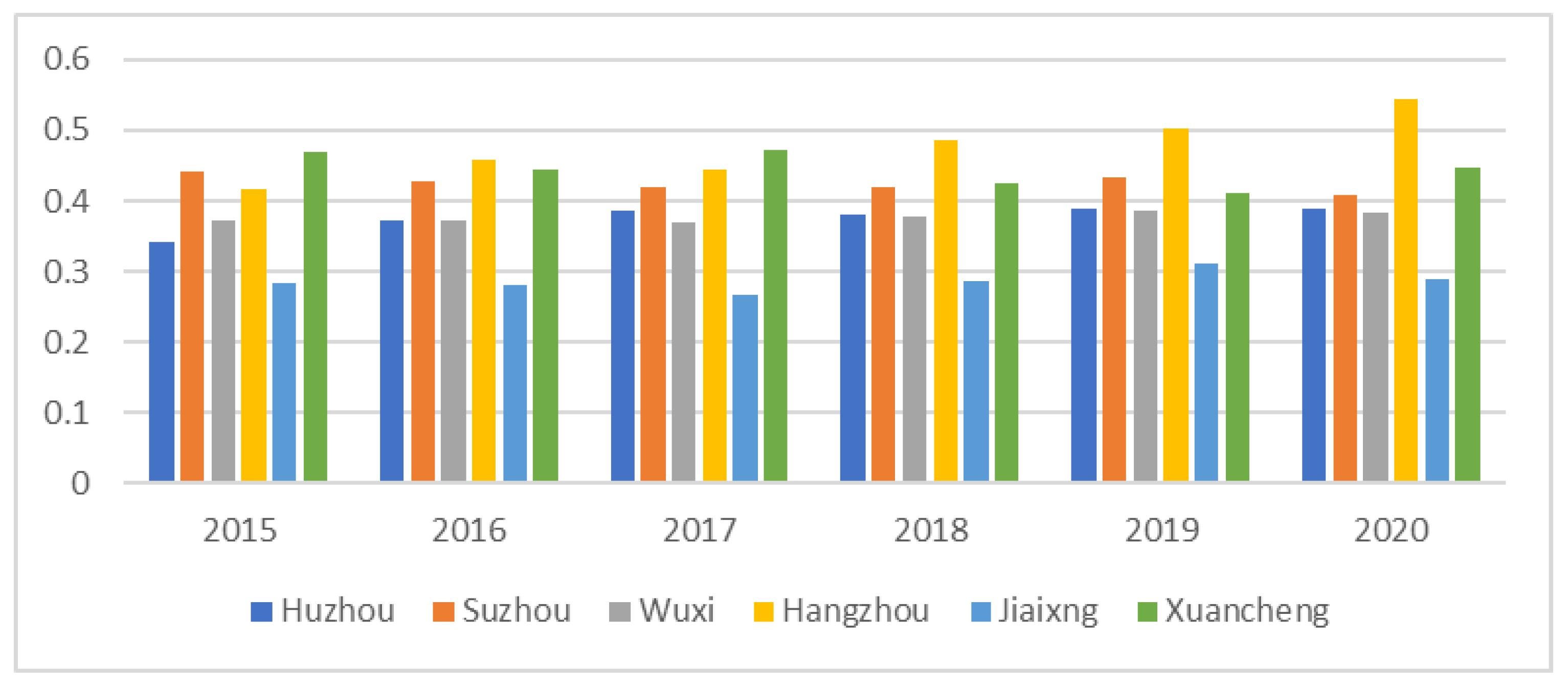
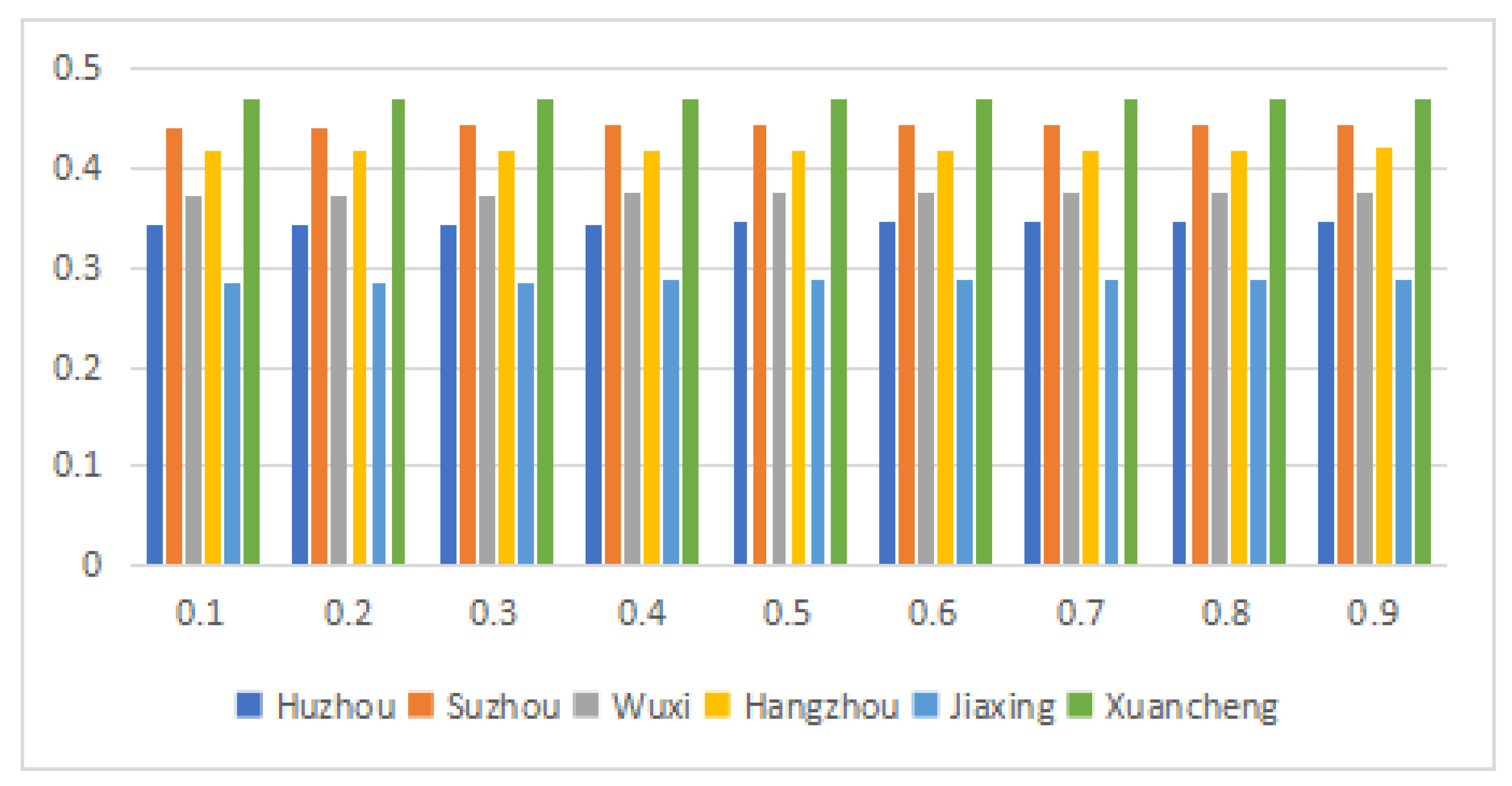

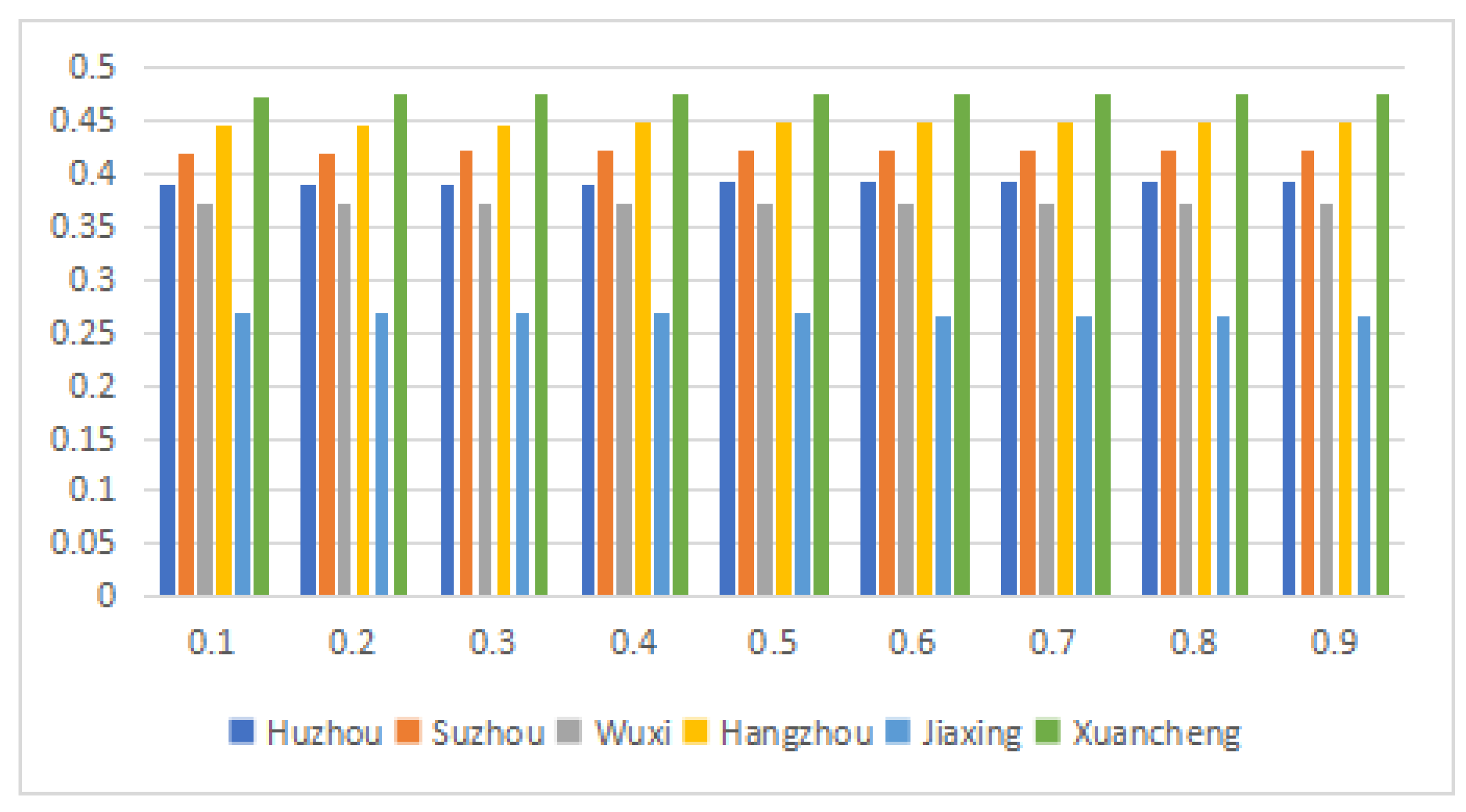

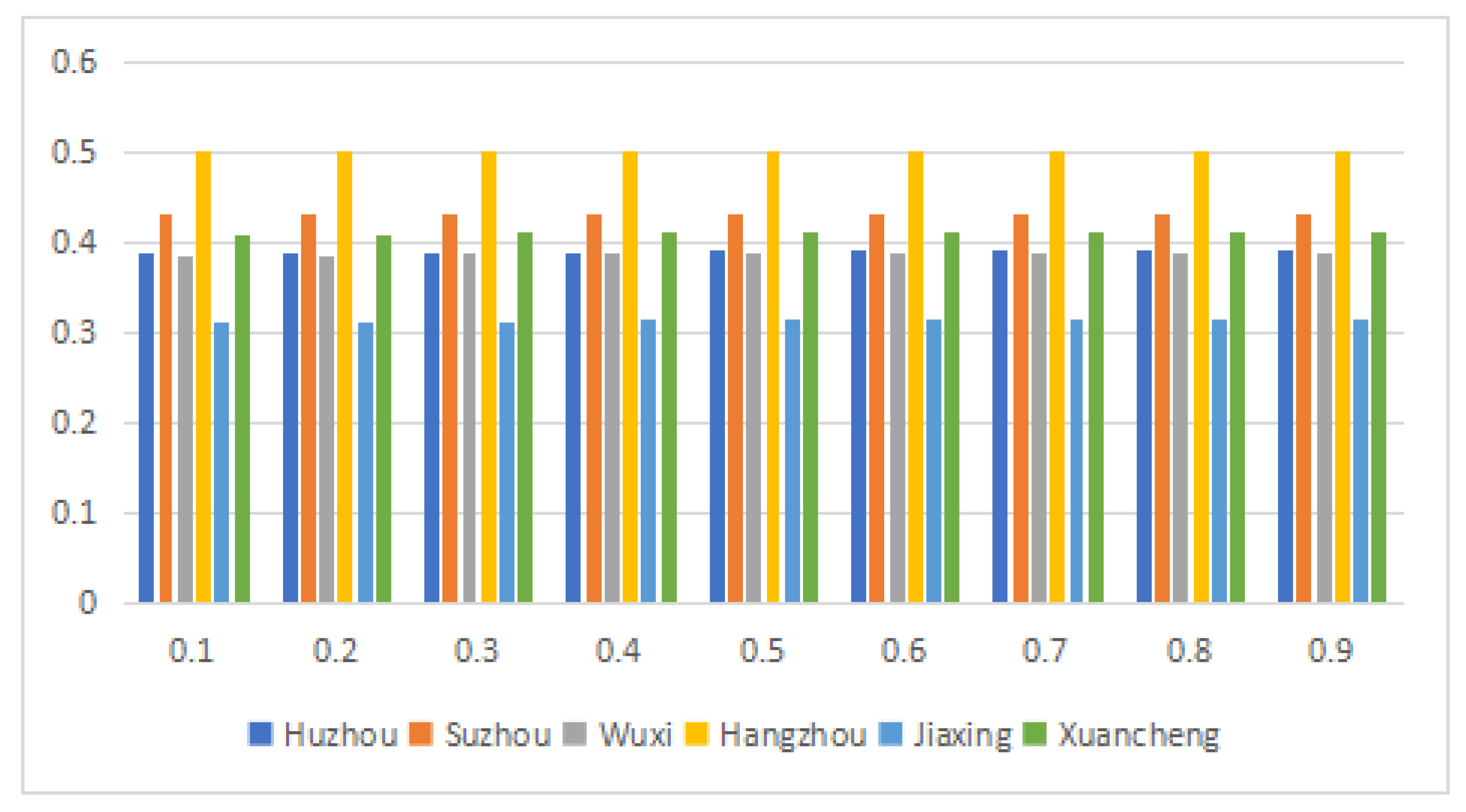

| Research Perspectives | Evaluation Criteria | 1 | 2 | 3 | 4 | 5 | 6 | 7 | 8 | 9 | 10 | 11 | 12 | 13 | 14 | 15 |
|---|---|---|---|---|---|---|---|---|---|---|---|---|---|---|---|---|
| The city as an integrated system | Economy | √ | √ | √ | √ | √ | √ | √ | √ | √ | ||||||
| Society | √ | √ | √ | √ | √ | √ | √ | √ | √ | √ | ||||||
| Environment | √ | √ | √ | √ | √ | √ | √ | √ | √ | √ | ||||||
| Technology | √ | √ | √ | √ | ||||||||||||
| Energy | √ | √ | √ | √ | √ | |||||||||||
| City Layout | √ | √ | ||||||||||||||
| Production | √ | √ | √ | |||||||||||||
| Life | √ | √ | √ | √ | ||||||||||||
| Carbon source–carbon sink | Production | √ | √ | √ | ||||||||||||
| Life | √ | √ | ||||||||||||||
| Forests | √ | |||||||||||||||
| Greenbelt | √ | |||||||||||||||
| Energy | √ | |||||||||||||||
| Environment | √ | |||||||||||||||
| Technology | √ |
| Nature of the Method | Specific Methods | Subject of Evaluation | Quotations |
|---|---|---|---|
| A single method of evaluation | Entropy weight method | Measuring and evaluating 36 low-carbon pilot cities identified in China; establishing a standardized evaluation system using Xiamen as an example; constructing a low-carbon evaluation index system for Guiyang | [8] |
| Mutation level method | Competitiveness of low-carbon cities in 31 Chinese provinces (cities) | [5] | |
| Analytic hierarchy process (AHP) | Constructing a low-carbon evaluation index system in Jinan; analyzing China’s low-carbon competitiveness and compare it with Western countries | [15,19] | |
| Principal component analysis | Wuhan city circle ULCC evaluation and classification | [1] | |
| Fuzzy comprehensive evaluation method | Evaluating low-carbon city policies in different regions | [21] | |
| Delphi method | Evaluation of low-carbon city (town) status | [6] | |
| Integrated evaluation methods | Entropy weight TOPSIS method | Evaluation of low-carbon development in Chinese cities; evaluation of the quality of low-carbon development in Chinese cities | [3] |
| Entropy gray correlation TOPSIS method | Evaluation of low-carbon development in Shandong province and comparison with ten other eastern coastal provinces | [10] | |
| Game theory TOPSIS method | Evaluating spatial and temporal differences in low-carbon city competitiveness in Guiyang | [16] | |
| Fuzzy TOPSIS | Evaluation of smart cities | [23] | |
| TOPSIS–BP neural network and grey relational analysis | Evaluation of the urban low-carbon sustainable development capability based on the TOPSIS–BP neural network and grey relational analysis | [24] |
| First-Level Index | Second-Level Index | Type of Index |
|---|---|---|
| Low-carbon economic foundation (B1) | GDP per capita (CNY/person) C11 | Benefit |
| Proportion of primary industry (%) C12 | Cost | |
| Proportion of secondary industry (%) C13 | Cost | |
| Proportion of tertiary industry (%) C14 | Benefit | |
| Engel’s coefficient for urban residents (%) C15 | Cost | |
| Low-carbon lifestyle (B2) | Electricity consumption per capita (kWh) C21 | Cost |
| Domestic water consumption per capita (m3) C22 | Cost | |
| Number of private cars ownership per capita (Vehicles per hundred households) C23 | Cost | |
| Electricity consumption of the whole society (billion kWh) C24 | Cost | |
| Low-carbon environment construction (B3) | Air quality C31 | Benefit |
| Forest cover (%) C32 | Benefit | |
| Urban greenery coverage (%) C33 | Benefit | |
| Green space per capita (m2) C34 | Benefit | |
| Total amount of emission for industrial waste gases (billion m3) C35 | Cost | |
| Comprehensive energy consumption (ten thousand tons of standard coal) C36 | Cost | |
| Low-carbon technology development (B4) | R&D fund investment (CNY billion) C41 | Benefit |
| Harmless treatment rate of urban domestic waste (%) C42 | Benefit | |
| Investment in industrial pollution control sources (CNY million) C43 | Benefit | |
| Energy consumption per unit of GDP (tons of standard coal/CNY million) C44 | Cost | |
| Comprehensive solid waste utilization rate (%) C45 | Benefit |
| Index | AHP Weight | Entropy Weight | Integrated Weight |
|---|---|---|---|
| GDP per capita C11 | 0.4357 | 0.019 | 0.0371 |
| Proportion of primary industry C12 | 0.0469 | 0.055 | 0.0116 |
| Proportion of secondary industry C13 | 0.2156 | 0.058 | 0.0560 |
| Proportion of tertiary industry C14 | 0.2281 | 0.049 | 0.0501 |
| Engel’s coefficient for urban residents C15 | 0.0737 | 0.022 | 0.0073 |
| Electricity consumption per capita C21 | 0.1055 | 0.067 | 0.0317 |
| Domestic water consumption per capita C22 | 0.0663 | 0.052 | 0.0154 |
| Number of private cars ownership per capita C23 | 0.2173 | 0.067 | 0.0652 |
| Electricity consumption of the whole society C24 | 0.6109 | 0.091 | 0.2490 |
| Air quality C31 | 0.3806 | 0.061 | 0.1040 |
| Forest cover C32 | 0.2516 | 0.032 | 0.0361 |
| Urban greenery coverage C33 | 0.1602 | 0.035 | 0.0251 |
| Green space per capita C34 | 0.1009 | 0.017 | 0.0077 |
| Total amount of emission for industrial waste gases C35 | 0.0643 | 0.062 | 0.0179 |
| Comprehensive energy consumption C36 | 0.0425 | 0.061 | 0.0116 |
| R&D fund investment C41 | 0.4217 | 0.09 | 0.1700 |
| Harmless treatment rate of urban domestic waste C42 | 0.1860 | 0.006 | 0.0050 |
| Investment in industrial pollution control sources C43 | 0.2317 | 0.056 | 0.0581 |
| Energy consumption per unit of GDP C44 | 0.0985 | 0.085 | 0.0375 |
| Comprehensive solid waste utilization rate C45 | 0.0621 | 0.014 | 0.0039 |
| Year | Low-Carbon Economic Foundation | Low-Carbon Lifestyle | Low-Carbon Environment Construction | Low-Carbon Technology Development | Comprehensive Score |
|---|---|---|---|---|---|
| 2015 | 0.1904 | 0.6332 | 0.5280 | 0.0822 | 0.4250 |
| 2016 | 0.3189 | 0.5270 | 0.6290 | 0.2376 | 0.4532 |
| 2017 | 0.4778 | 0.4332 | 0.4983 | 0.2923 | 0.4377 |
| 2018 | 0.6881 | 0.3443 | 0.3652 | 0.3799 | 0.4421 |
| 2019 | 0.5584 | 0.3808 | 0.4253 | 0.4811 | 0.4707 |
| 2020 | 0.6047 | 0.4225 | 0.3618 | 1.0000 | 0.5313 |
| Year | Huzhou | Suzhou | Wuxi | Hangzhou | Jiaxing | Xuancheng |
|---|---|---|---|---|---|---|
| 2015 | (0.339) 5 | (0.439) 2 | (0.370) 4 | (0.416) 3 | (0.281) 6 | (0.469) 1 |
| 2016 | (0.367) 5 | (0.425) 3 | (0.369) 4 | (0.459) 1 | (0.276) 6 | (0.446) 2 |
| 2017 | (0.384) 4 | (0.417) 3 | (0.368) 5 | (0.446) 2 | (0.263) 6 | (0.472) 1 |
| 2018 | (0.377) 4 | (0.417) 3 | (0.375) 5 | (0.485) 1 | (0.283) 6 | (0.427) 2 |
| 2019 | (0.385) 4 | (0.431) 2 | (0.384) 5 | (0.500) 1 | (0.309) 6 | (0.412) 3 |
| 2020 | (0.387) 4 | (0.409) 3 | (0.382) 5 | (0.549) 1 | (0.286) 6 | (0.446) 2 |
| Year | Huzhou | Suzhou | Wuxi | Hangzhou | Jiaxing | Xuancheng |
|---|---|---|---|---|---|---|
| 2015 | (0.387) 5 | (0.499) 1 | (0.401) 4 | (0.439) 3 | (0.281) 6 | (0.480) 2 |
| 2016 | (0.436) 4 | (0.466) 2 | (0.407) 5 | (0.485) 1 | (0.275) 6 | (0.444) 3 |
| 2017 | (0.427) 4 | (0.459) 3 | (0.404) 5 | (0.495) 2 | (0.283) 6 | (0.505) 1 |
| 2018 | (0.450) 4 | (0.459) 3 | (0.419) 5 | (0.551) 1 | (0.314) 6 | (0.466) 2 |
| 2019 | (0.421) 4 | (0.460) 2 | (0.408) 5 | (0.542) 1 | (0.317) 6 | (0.454) 3 |
| 2020 | (0.412) 5 | (0.445) 3 | (0.421) 4 | (0.613) 1 | (0.308) 6 | (0.458) 2 |
| Years | Huzhou | Suzhou | Wuxi | Hangzhou | Jiaxing | Xuancheng |
|---|---|---|---|---|---|---|
| 2015 | (0.342) 5 | (0.441) 2 | (0.372) 4 | (0.417) 3 | (0.284) 6 | (0.468) 1 |
| 2016 | (0.371) 5 | (0.427) 3 | (0.372) 4 | (0.459) 1 | (0.280) 6 | (0.445) 2 |
| 2017 | (0.387) 4 | (0.419) 3 | (0.370) 5 | (0.445) 2 | (0.268) 6 | (0.473) 1 |
| 2018 | (0.381) 4 | (0.419) 3 | (0.377) 5 | (0.485) 1 | (0.287) 6 | (0.426) 2 |
| 2019 | (0.389) 4 | (0.432) 2 | (0.387) 5 | (0.501) 1 | (0.312) 6 | (0.410) 3 |
| 2020 | (0.389) 4 | (0.410) 3 | (0.384) 5 | (0.550) 1 | (0.290) 6 | (0.446) 2 |
Publisher’s Note: MDPI stays neutral with regard to jurisdictional claims in published maps and institutional affiliations. |
© 2022 by the authors. Licensee MDPI, Basel, Switzerland. This article is an open access article distributed under the terms and conditions of the Creative Commons Attribution (CC BY) license (https://creativecommons.org/licenses/by/4.0/).
Share and Cite
Zeng, S.; Chu, Y.; Yang, Y.; Li, P.; Liu, H. Comprehensive Evaluation of Low-Carbon City Competitiveness under the “Dual-Carbon” Target: A Cross-Sectional Comparison between Huzhou City and Neighboring Cities in China. Systems 2022, 10, 235. https://doi.org/10.3390/systems10060235
Zeng S, Chu Y, Yang Y, Li P, Liu H. Comprehensive Evaluation of Low-Carbon City Competitiveness under the “Dual-Carbon” Target: A Cross-Sectional Comparison between Huzhou City and Neighboring Cities in China. Systems. 2022; 10(6):235. https://doi.org/10.3390/systems10060235
Chicago/Turabian StyleZeng, Shouzhen, Yi Chu, Yiling Yang, Pengkun Li, and Huihong Liu. 2022. "Comprehensive Evaluation of Low-Carbon City Competitiveness under the “Dual-Carbon” Target: A Cross-Sectional Comparison between Huzhou City and Neighboring Cities in China" Systems 10, no. 6: 235. https://doi.org/10.3390/systems10060235
APA StyleZeng, S., Chu, Y., Yang, Y., Li, P., & Liu, H. (2022). Comprehensive Evaluation of Low-Carbon City Competitiveness under the “Dual-Carbon” Target: A Cross-Sectional Comparison between Huzhou City and Neighboring Cities in China. Systems, 10(6), 235. https://doi.org/10.3390/systems10060235






